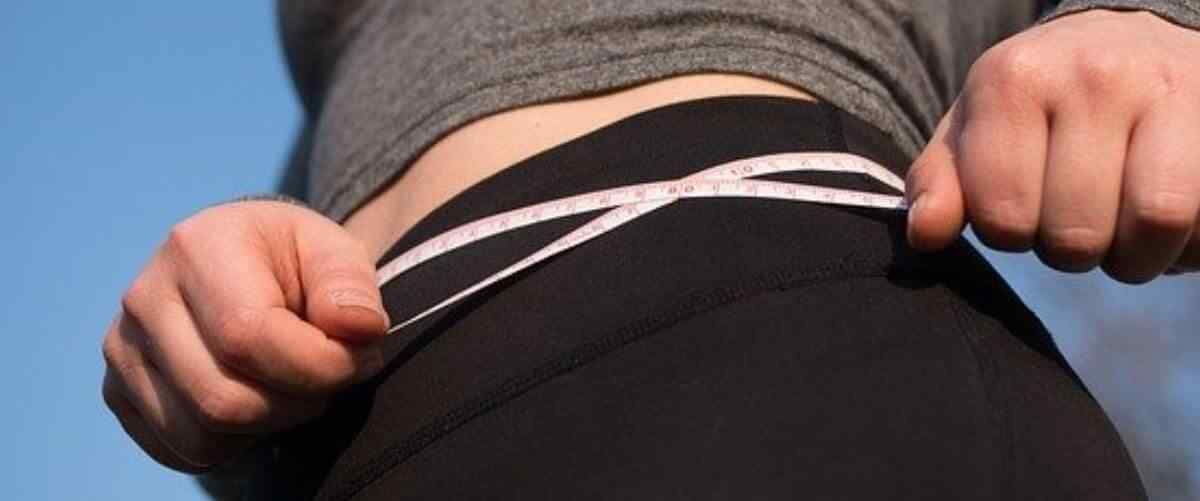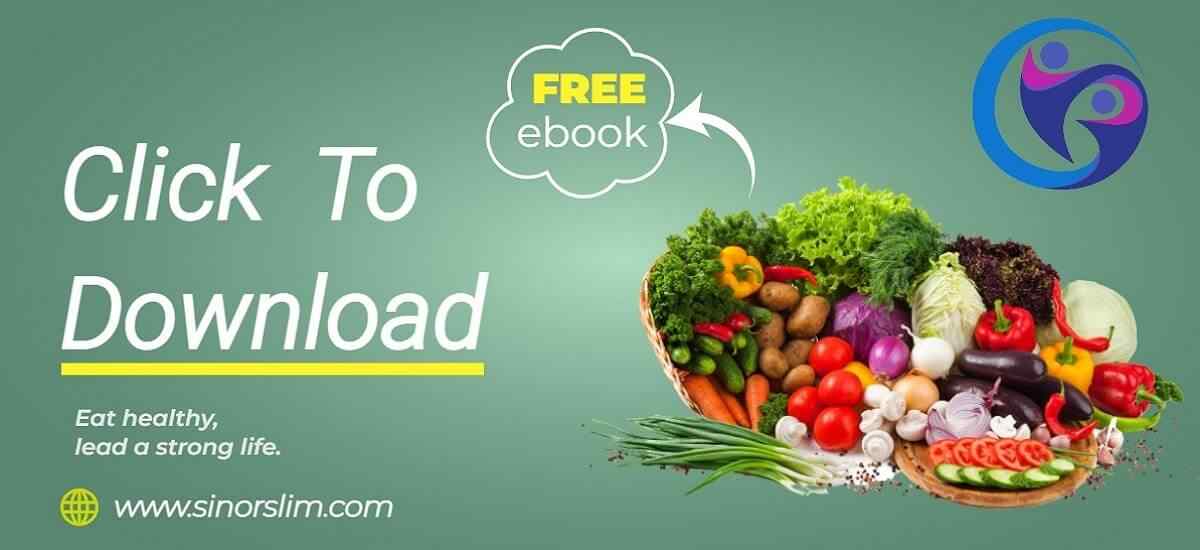
The Keto and Paleo diets are both popular diets, but there are a few key differences.
The Keto diet is a high-fat, low-carbohydrate diet that puts the body into a state of ketosis, which is when the body uses fat for energy instead of carbohydrates.
The paleo diet is a high-protein, low-carbohydrate diet that mimics the diet of our Paleolithic ancestors.
This article is geared towards people who have been considering the switch to a Keto or paleo diet, but are unsure of all the differences between the two.
Both Keto and paleo diets are high fat and low carb diets. However, there are some important differences in their approach to the way fats are consumed and the types of foods that can be eaten.
There are also some crucial differences for weight loss, which makes one of these diets much better than the other.
In the following sections I look in detail at how the two diets compare, and looks at the benefits, the positives and negatives, the food lists, and side effects, and which diet is best if you want to lose weight fast.

The Paleo diet eliminates grains, dairy and processed foods and focuses on the consumption of meats, vegetables, fruits, nuts and seeds. Keto is high in fat and very low on carbohydrates.
The Paleo diet is more about eating the types of food that our ancestors ate, while Keto focuses on eliminating certain foods and replacing them with others.
I have written about the basics of Keto in this article, but briefly, Keto is where carbs are largely excluded from the diet.
Your diet moves away from carbs and becomes a high-fat diet. This is done to trigger the metabolic state called ketosis
Ketosis is where the body believes it is in starvation mode, so to continue to survive the body starts using body fat or dietary fat for energy.
Ketones replace glucose as the main fuel for the body and brain.
For the liver to start producing ketone bodies, your diet needs to change. This is done by changing your diet into a rough approximate calorie breakdown of 80% fat, 15% protein, and 5% carbs.
To ensure ketosis is triggered the macronutrient carb intake needs to be tightly controlled so that ketosis is maintained; if you are not in ketosis you will not be efficiently using fat for fuel and you might put on weight.
Keto is popular with diabetics who use the diet for blood sugar control.

The paleo diet, which is sometimes also known as "the caveman diet," is a paleolithic-based nutritional plan that seeks to encourage the consumption of foods which were prevalent in early humans' diets and avoid foods that are processed or of modern agriculture. It is based around the idea that our human ancestors were hunter-gatherers.
10,000 years ago there was no access to agricultural grains, tubers, beans, or animal husbandry. This is based on the idea that eating foods that were available to early humans will promote optimal health.
Paleo dieters believe that modern farming and food processing methods are damaging to our health. Therefore, adapting eating patterns to mimic those of our ancestors will improve digestion and overall health.
Proponents of the paleo diet do not consume grains and legumes/beans, processed sugar, or dairy as they do not believe that food types discovered since the Paleolithic era belong in their diet.
With the paleo diet there is a heavy emphasis on lifestyle practices and the environmental impact of modern food processes and non-organic farming practices. Eating organically sourced whole foods is very important to this philosophy.
For most proponents, paleo is more than just a diet, but an entire lifestyle intervention. it encourages mindfulness, yoga, meditation, and exercise, particularly short intense periods of exercise, which is thought to reduce stress on the human body from longer periods of exercise. These taken together promotes a holistic body-wellness ideology.

The Keto and paleo diets share many similar permitted food categories, diet restrictions, and rules. The reasons why they have these similarities is often for very different reasons.
There is a strong emphasis in whole foods as the primary source of nutrients in both diet plans; though see dirty Keto for a conflicting point of view.
Both are low-carb, high-fat diets.
Both diets encourage consumption of healthy fats to support overall health.
Both diets allow refined oils like olive oil and avocado oils, as well as nuts, seeds, and fish to be consumed.
Followers of both diets avoid processed foods and fats, such as trans-fats. Both diets replace these processed foods with fish, red meats, nuts, fresh vegetables like leafy greens, and healthy oils.
Followers of both diets eliminates grains like wheat and beans/legumes.
Followers of both diets avoid sugars, though unrefined sugars like honey are permitted on paleo.
For many, the main similarities and health benefits of either diet is that they can both be effective for weight loss.
The two diets share similarities, but they also have differences too.
Keto dieters are allowed to eat highly processed meat like bacon, sausages, and ham; though they must not contain any added sugar or carbs.
Paleo dieters are not allowed to eat these foods at all and are encouraged to eat grass-fed, organically farmed meats.
Keto dieters are allowed artificial sweeteners in small amounts if they do not contain sugar. Honey and maple syrup contain too much sugar to be allowed.
Paleo dieters are allowed natural sweeteners like honey or maple syrup. Artificial sweeteners are not allowed.
Keto dieters exclude starchy vegetables like potatoes as they are too high in carbohydrate.
Paleo dieters are allowed starchy vegetables in moderation, particularly vegetables that are lower in carbs. Potatoes are allowed, but not if they are processed such as in chips, fries, or hash browns, etc.
Keto dieters are not allowed most fruits, as they are too high in carbohydrates and will likely exceed the daily carb limit. One small banana will contain too many carbs for most keto dieters. There are a few exceptions, which you can read about here.
Paleo dieters can eat all fruits, even those that are dried or frozen. Fruits should be eaten in moderation, and preferably those that contain lower levels of sugar.
Keto dieters are allowed high-fat dairy products, especially high fat content cheese. They are not allowed dairy that contains sugars, like ice cream.
Paleo dieters are not allowed any dairy products as these were not discovered by Paleolithic humans. The only dairy product permitted is grass-fed butter. Soy is also not permitted.
Keto is by design a low-carb diet and uses a natural metabolic state to help dieters lose weight. Ketosis dictates that a Keto diet must be low-carb and burns body and dietary fats for fuel.
Paleo meanwhile is not necessarily low-carb. If a person chooses paleo a dieter could eat plenty of carbs from many sources, as long as those carb-rich foods are on the allowable list of foods for the paleo diet.

Of the two Keto is stricter. This is because it can be difficult to maintain ketosis without very careful instructions (i.e. 80% fat, 15% protein, 5% carbs) and a well-planned grocery store list of keto-friendly foods.
Generally Keto-friendly foods are easy to identify especially with detailed nutrition labeling.
You may need to carefully weigh how much food you are eating to make sure you do not go over your carb limit for the day. Eating a small banana may contain too many carbs so the change from a carb-rich diet to a carb-restricted diet can be difficult for many people.
There is no recommended exercise regimen, or mindfulness program. But exercise is recommended when on Keto.
Paleo is also rigid regarding the foods that are allowed, but the main difference between the two diets is that with paleo you can eat as much as you like, there are no limits, you can eat as much fat, protein, and carbs as you like, as long as they come from the permitted paleo diet food list. These rules are more philosophical rather than to cause a metabolic change.
Paleo allows for more flexibility with your diet as you do not need to maintain ketosis.
There is less need to weigh your food, like there is with Keto.
Paleo is more often seen as a lifestyle than a diet so may be easier to maintain long term.
Keto primarily focuses on macronutrients and limiting carbs whereas paleo focuses more on philosophy/ideology and eliminating processed carbs.
This is quite a simple question to answer. Keto is much better for weight loss.
Paleo is designed as a lifestyle to mirror our human ancestors, there is no guarantee that you will lose weight. With any diet you will need to burn more calories than you consume.
With Keto you are closely monitoring your carbohydrate intake to maintain ketosis, so it is much easier to lose weight with Keto.
Paleo emphasizes plenty of foods that are great for weight loss, there is no emphasis to actually eat fewer calories though; you can eat plenty of fruit and nuts on paleo and quite easily gain weight while still complying with the rules.
With Keto you actively have to eat fewer calories to enter and maintain ketosis, making it much harder to gain weight and be compliant with the rules.
As others have found previously with all diets, weight loss on Keto only lasts for as long as you stay on Keto. Once you are out of ketosis you will likely put on weight, unless you continue to monitor calorie intake and burn more calories than you consume.

Any diet where you make a massive change to your food intake will lead to some side effects. There is also the risk of nutrient deficiencies, which is why, if you have any pre-existing chronic health conditions, you should always consult with your doctor before making any lifestyle change.
The side effects associated with Keto are keto flu, including keto headaches. I have written separate articles on both, which you can find here (keto flu) and here (keto headaches). But briefly, moving away from carbs and into ketosis can stress your body.
There are short-term effects that can mirror mild flu symptoms and headaches. They are associated with moving to a low-carb diet and ketosis so are not unique to Keto.
There are supplements and Keto programs that can help ease some of these symptoms.
A supplement that I recommend to help manage and mitigate Keto flu and headache symptoms is Dr. Berg's Electrolyte Formula
A Keto program that I recommend to help navigate through the complexities and nuances of Keto is the Custom Keto Diet, which I have reviewed here.
There are no side effects associated with the paleo diet, though calcium deficiency, due to the exclusion of dairy is common. This, unlike the short-term effects of keto flu and headaches with Keto, could be a long-term condition.

Here is a handy figure to help quickly see what foods are and are not allowed on Keto and Paleo.
You can also see my post here all about what you can and cannot eat on Keto.
Allowed if within carb range*
Liquor allowed, champagne; beer and wine contain carbs
Not allowed
Strict paleo says no; some allow hard gluten-free cider and red wine
Allowed if within carb range*
plain Greek yogurt with no sugar or fruit, plain cottage cheese, butter, ghee, cream cheese
Not allowed
strict paleo would not allow any dairy, some allow fermented or grass-fed dairy
Allowed if within carb range*
dark chocolate with at least 70% cocoa solids and little to no sugar
Not allowed
dark chocolate with at least 70% cocoa
Allowed
fatty fish, such as salmon, tuna, or sardines, shellfish not recommended as too high in carbs
Allowed
Allowed if within carb range*
*berries, including raspberries, blueberries, strawberries, and blackberries, lemons and limes, tomatoes, avocados
Allowed
berries, tomatoes, citrus, and other lower sugar fruits, avocado, small or moderate amounts of higher sugar fruits, such as grapes and bananas
(peanuts, beans, lentils, tofu)
Allowed if within carb range
Not allowed
Not allowed
Not allowed
Allowed
fatty cuts of meat, game meat, poultry, bone broth
Allowed if grass-fed
fatty cuts of meat, game meat, poultry
Allowed
Nuts, seeds, nut butters
Allowed
Nuts, seeds, nut butters, cocoa butter
All oils allowed
healthful oils: olive oil, nut oils, and avocado oil, coconut, or cocoa butter
Olive, coconut, nut and seed oils
healthful oils, including nut oils, olive oil, and avocado oil
Not allowed
Not allowed
Not allowed
Allowed, in small amounts
honey, maple syrup, coconut sugar
Allowed
unsweetened, use cream instead of milk
Allowed
no cream or refined sugar
Allowed if low-carb
non-starchy low carb vegetables, such as leafy greens, cruciferous vegetables, asparagus, olives, bell peppers, celery, mushrooms, and squash
Allowed
leafy greens, celery, asparagus, peppers, cruciferous vegetables. small-to-moderate amounts of starchy vegetables, such as potatoes and root vegetables
Both diets can be healthy, though by how much depends on how each diet is implemented by individual dieters.
Due to the wider availability of more foods paleo offers a richer dieting experience. This freedom often makes paleo more suitable for long term dieting, but not necessarily weight loss.
As it is an ideology, paleo also goes beyond a simple diet and becomes more of an holistic, whole-body regimen.
As paleo is more of an ideology than designed for weight loss, it is possible to gain weight on paleo as there are no restrictions on how much food you can eat per day. There is also no underlying metabolic state underpinning the diet, so weight loss is entirely down to the individual dieter and his/her willpower and determination to cut pounds.
Meanwhile, Keto is also healthy when a standard Keto diet is followed. I have talked about the difference between clean vs dirty Keto in this article.
But, briefly clean Keto focusses on healthy, whole foods, just like paleo, so that these better quality foods increase your health because you are eating foods that are inherently better for you. Dirty Keto allows any low carb foods, as long as you restrict your carb intake to enough to enter ketosis.
As Keto is underpinned by a strict diet designed to trigger ketosis, it is much easier to lose weight on Keto.
Keto is healthier once ketosis is triggered, though eating so much fatty foods can take some mental adjustment, which many new dieters struggle with.

This depends on what you want from the diets.
From a health perspective, paleo has some positives:
It is less restrictive and allows for a wider range of foods.
It is a bit easier to follow and maintain.
It can be more balanced, allowing carbs which are an essential food group.
It focusses on healthy, whole foods, and an holistic look at your body and the world around you.
From a health perspective, Keto has some positives:
It is more restricted, but if a clean Keto is followed this should comprise healthy whole foods.
It can be more difficult to enter and maintain ketosis, but once in ketosis carbohydrates are no longer an essential food group.
It is underpinned by a specific and well-researched and understood metabolic state which of the two diets makes it better if your primary interest in either is to lose weight.
By being more restrictive, you need to follow specific rules that make it easier to lose weight.
My opinion is that Keto is the better of the two diets. With a well-defined diet tailored towards your individual characteristics and food preferences, Keto will help you lose a lot of weight fast.
My recommendation is the Custom Keto Diet.
You can click on this image to take you to a free Keto ebook. The ebook contains some delicious and simple Keto diet recipes to try out as well as more information about Keto.

The ketogenic diet focusses on macronutrients, healthful fats, and food intake, with very strict set of criteria for the diet to be successful.
The Paleolithic diet focusses on a holistic ideology that is less to do with weight loss and more to do with living a life around characteristics associated with our distant ancestors.
Both have positives and negatives, but out of the two the Keto diet is my preferred diet, especially if you are trying to lose weight.
There is far more research around Keto and the mechanisms that make it work than there is for paleo.
For both diets the move away from your current eating plan to either Keto or paleo will likely be a big shift. Before making such a move it is advised to consult with your doctor, especially if you have a pre-existing chronic health condition such as diabetes, heart and cardiovascular disease, high blood pressure.
For videos on similar topics to this article, please consider subscribing to my YouTube channel, new videos are uploaded every Tuesday.